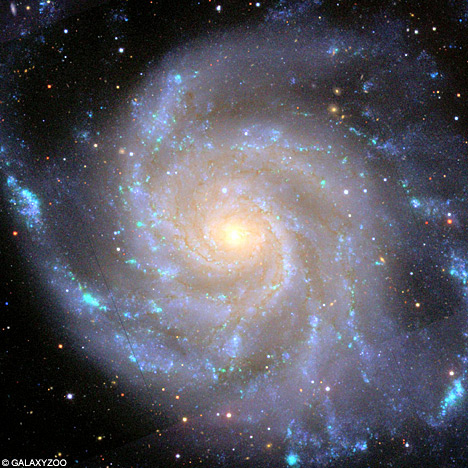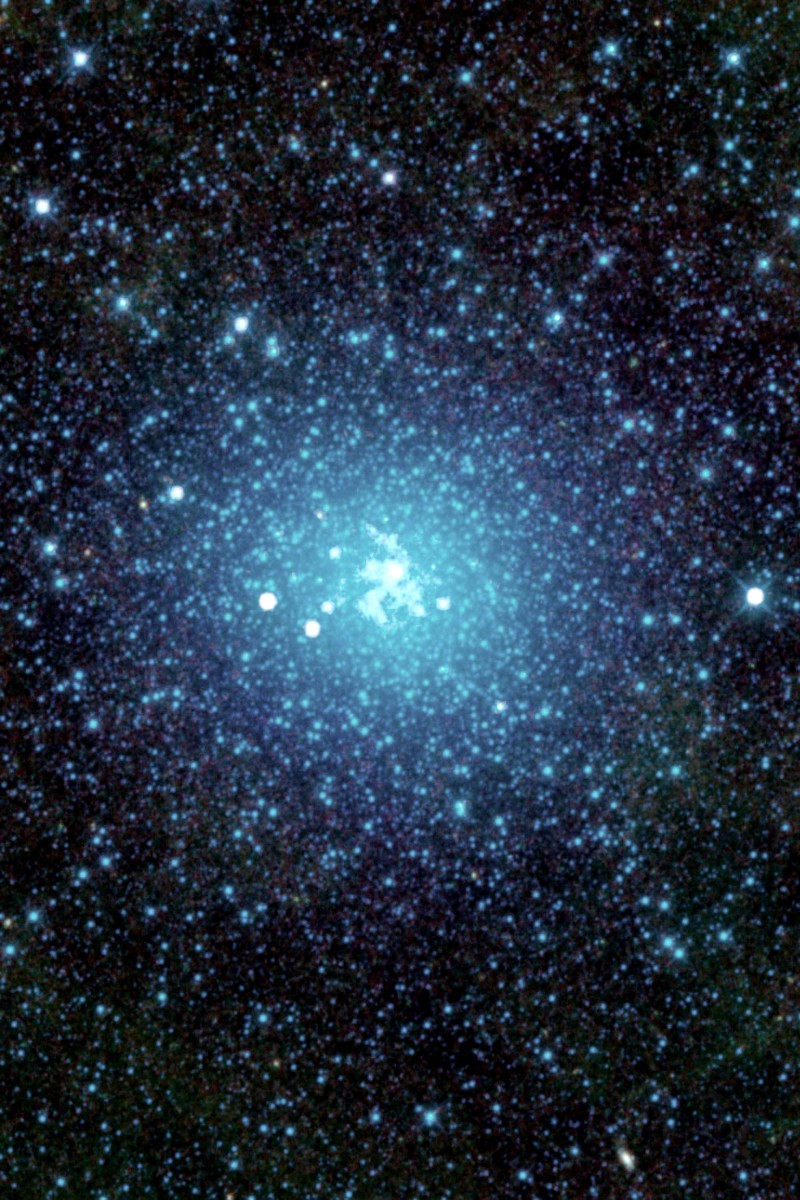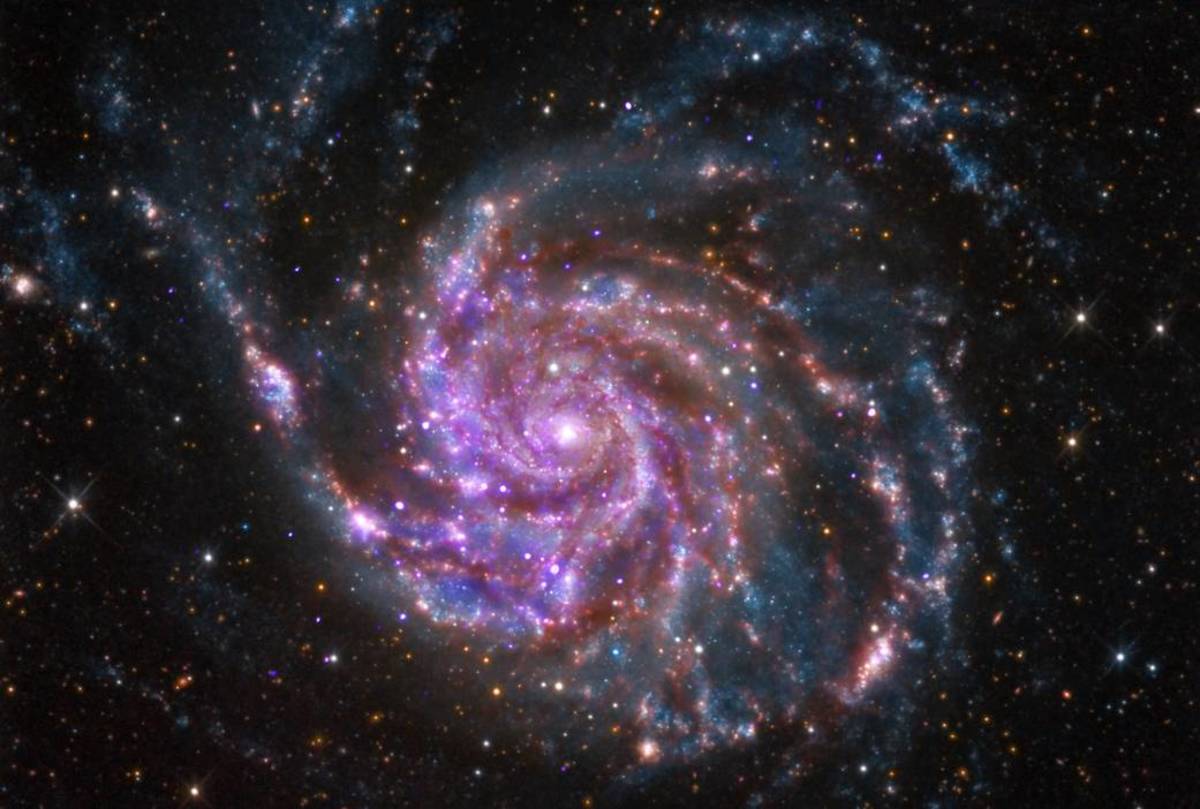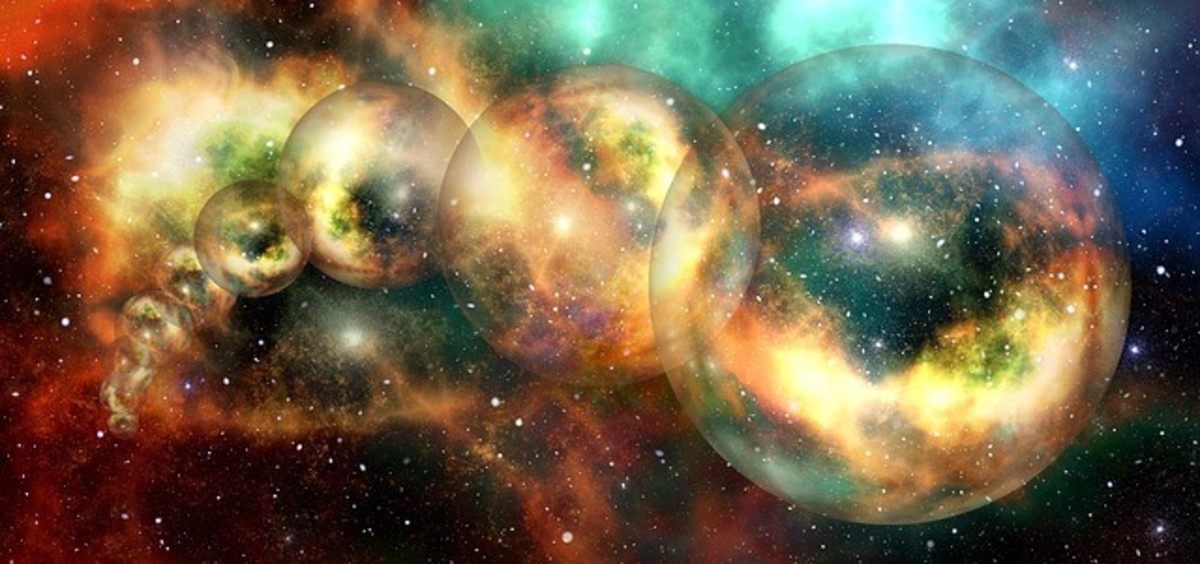Some Interesting Facts About Universe

Astronomy is a very interesting and mysterious part of science. Most of the studies in this subject are mainly about celestial bodies lie at very long distances, which could not be easily learned and imagined by human beings, .There are many theories in astronomy. Big Bang theory is very important which tells how the Universe came to form.
According to Big Bang theory, billions of years ago all the matters including our sun, planets and other countless number of solar systems and energy of the observable Universe were concentrated at one point with infinite density. Big Bang theory tells, the Universe emerged and expanded from that extremely dense and hot state and continues to expand even today. It is also believed that space it self still expands with its galaxies.
In Astronomy, the Universe is defined as every thing that physically exists. It includes galaxies, billions of solar systems and stars. Still there are many mysterious things existing even in our solar system. But our solar system is relatively very small thing when we compare it with the size of the Universe. Astronomers say that Universe is about 13.8 billion years old and at least 93 billion light years across. 1 light year means the distance that can be traveled by light continuously for the time period of one year. The light travels in the space at a speed of 3 lac km/second. So, we can't even imagine the distance that traveled by light continuously just for one year. Then how can we imagine the distance between the ends of Universe ?
After the Big Bang, the Universe started to expand until its present form. According to general science physical matter can never exceed the speed of light. But in the Big Bang theory it is stated that two galaxies have been separated by 93 billion light years in 13 billion years. However, the separation is a natural consequence of general relativity by which it is understood that space can grow with no intrinsic limit on its rate; thus, two galaxies can separate more quickly than the speed of light if the space between them grows.
The Great Universe is made of many millions of Galaxies. Galaxies are groups of billions of stars that are held together by the force of gravity. Most of the galaxies are either spiral or elliptical and some of them also in irregular shape.
The Milky Way, The Large Megallanic Cloud, Abell 2029, The Sagittarius Dwarf, Andromeda, Abell 135 IR 1916 are some of the galaxies of the Universe.
The Milky Way
This is our own galaxy where our solar system exists. The word galaxy means milk in Greek language. Before the use of astronomical telescopes the galaxies looked like a milky or cloudy area in the sky and called so. Our relatively small solar system is one of 100 - 200 billion stars found in the Milky Way. The diameter of the Milky Way is 1 lac light years. The sun and all the planets in our solar system take about 200 million years to complete one orbit around its center.
The Large Megallinic Cloud
This is the brightest of all galaxies and visible only in southern hemisphere. It is about 1.7 lacs light years away from our earth and its diameter is 39,000 light years.
Abell 2029
This is the largest galaxy of the Universe with the diameter of 5.6 million light years which is 80 times greater than Milky Way Galaxy. It is about 1,070 million light years away from our earth.
The Sagittarius Dwarf
It was discovered in the year 1994 and is the nearest of all galaxies. It locates at about 70,000 light years away from our earth.
Andromeda Galaxy
This is one the most distant systems in the Universe and also can be seen with naked eye. This is 2,309,000 light years from earth. It contains about 300 billion stars and diameter of 180,000 light years. It is an incredible fact that light we see now from Anderomeda could have left from there just after the first humans appeared on our earth.
Abell 135 IR 1916
This is the most distant galaxy of our universe. It exists amazingly 13.2 billion light years away from the earth. In 2004 astronomers at the European Southern Observatory announced the discovery of this Galaxy.
The Universe Calendar
After the Big Bang there were many astronomical and earth events happened including birth and disaster of dinosaurs. All these things have happened in a huge period of time which could not be easily understood by the human brain. The American astronomer Carl Sagan ( 1934-96 ) first suggested a 'cosmic calendar' as a way of helping people understand the history of Universe. He put every event in to the scale of calendar of human year.
In that calendar our Milky Way forms on the first day of May and our earth appears on 12th September and Moon on 13 th September. All human history is crowded into the last five minutes of the last day of the calendar. Recent time in this current world has to be divided into seconds and fraction of second of the Universe Calendar. So every thing that happened in the last 500 years takes place less than the last second of the last minute of the Universe Calendar. Let us watch the events of Universe Calendar.
Date / Time, Event
1 Jan ( mid-night ), Big Bang - Universe forms
15 March, First stars and galaxies form
1 May, Milky Way galaxy forms
8 Sep, Sun forms
9 Sep, Solar system forms
12 Sep, Earth forms
13 Sep, Moon forms
20 Sep, Earth atmoshere forms
1 Oct, Earliest known life on earth
7 Oct, Earliest known fossile
18 Dec, First many celled life forms
19 Dec, First fish
21 Dec, First land plants ; first insects
23 Dec, First reptiles
24 Dec, First Dinosaur
26 Dec, First mammal
27 Dec, First bird
28 Dec, First flowering plant
28 Dec, Dinosaurs extinct
31 Dec ( 11 : 55 PM ), Homo sapiens ( modern human ) appears








